Jun 7 2016
Tuesday – 8x500m in the single
Last time I did this (on the water) was in July 2015. Then, I averaged 1:59.3 for pace at 28.5 spm. The training plan prescribed shorter sprint intervals, but I thought it would be interesting to do this standard row as a benchmark.
Today I arrived at the lake after another really busy day at work. We have a VP over from the US so lots of time spent in preparing presentations, then waiting for the vice president to arrive, presenting, etc.
When I launched, the lake was calm, but there was a southeast wind that gained strength during the row. This was a head/cross wind in intervals 1,2, 5 and 6 and a tailwind in intervals 3, 4, 7 and 8.
I tried to focus on technique and hold 30spm, irrespective of pace. I did the 500s like this:
- 10 strokes focus on “soft catch”
- 10 strokes focus on strong finish
- 10 strokes focus on the recovery (not too fast, not too slow, reach far enough)
- repeat
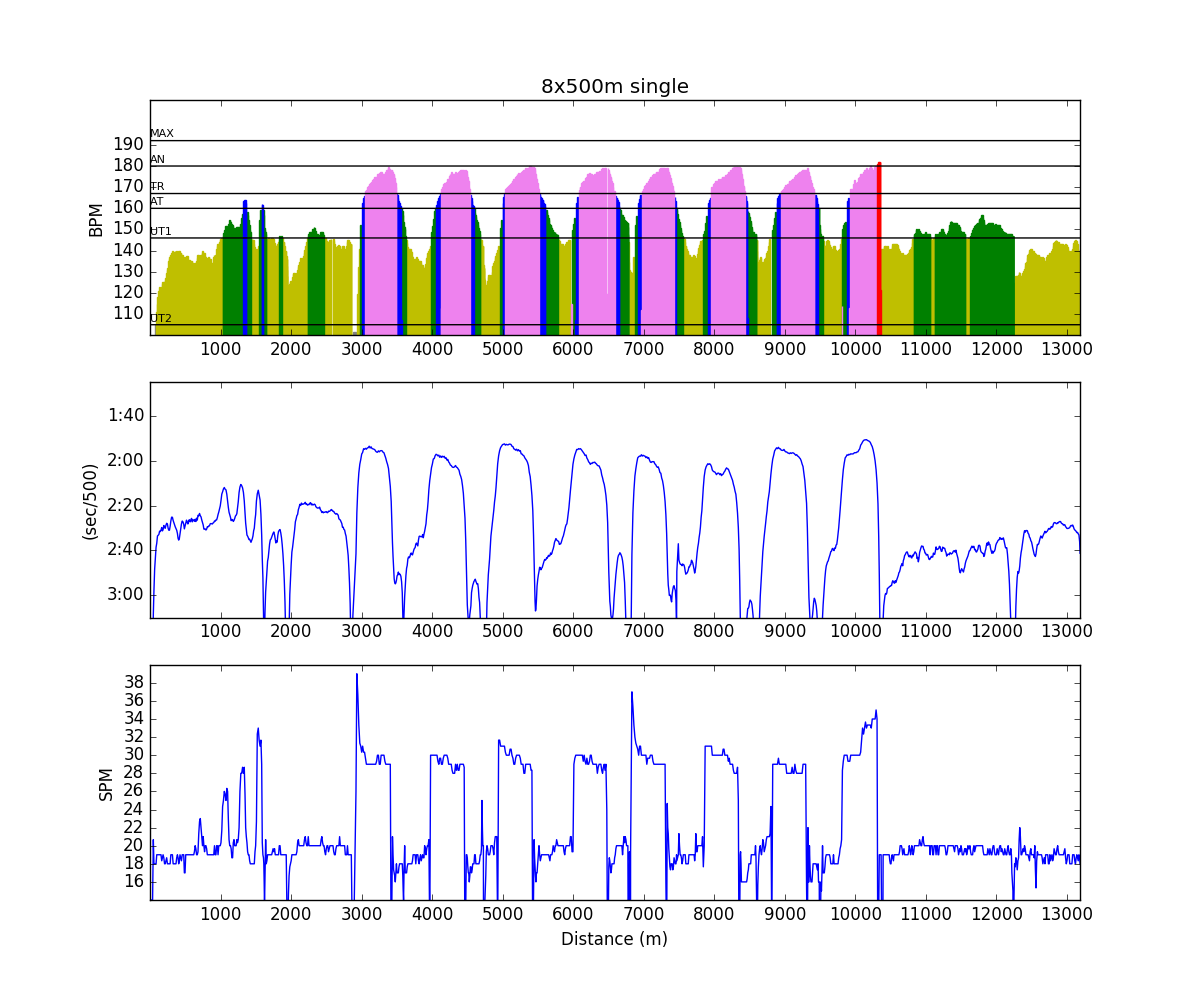
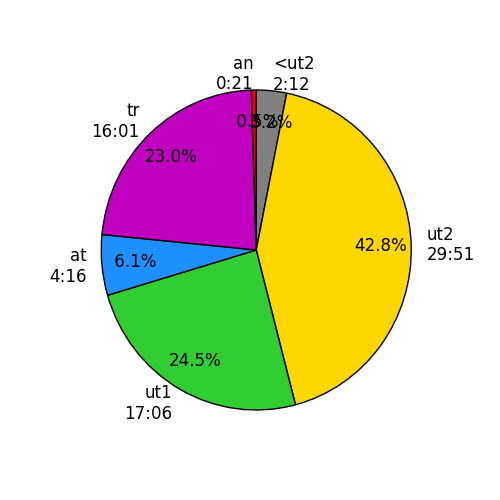 Interactive plot here: http://rowsandall.com/rowers/workout/306/interactiveplot
Interactive plot here: http://rowsandall.com/rowers/workout/306/interactiveplot
Workout Summary - 2016-06-07-1750.CSV
--|Total|-Total-|--Avg--|Avg-|-Avg-|-Max-|-Avg
--|Dist-|-Time--|-Pace--|SPM-|-HR--|-HR--|-DPS
--|09654|45:17.0|02:03.7|28.3|163.5|175.7|09.1
Workout Details
#-|SDist|-Split-|-SPace-|SPM-|AvgHR|MaxHR|DPS-
01|02854| 14:42 |02:34.6|19.8|140.0|164.0|09.8 - WU
02|00500| 01:55 |01:55.1|30.7|164.0|180.0|08.5 - headwind
03|00500| 01:59 |01:59.8|30.0|168.0|179.0|08.3
04|00500| 01:54 |01:54.2|30.5|170.0|180.0|08.6 - tailwind
05|00500| 01:58 |01:58.7|29.8|172.0|179.0|08.5
06|00500| 01:59 |01:59.5|30.6|166.0|179.0|08.2 - headwind
07|00500| 02:03 |02:03.7|30.6|171.0|180.0|07.9
08|00500| 01:55 |01:55.5|29.1|169.0|178.0|08.9 - tailwind
09|00500| 01:53 |01:53.0|32.4|171.0|181.0|08.2
10|02800| 14:59 |02:40.6|19.8|144.0|157.0|09.5 - CD
The first and fifth interval were from a standing start. The last interval was an attempt to empty the tanks by rowing the first 30 strokes at the usual 30spm, then increasing to 34spm.
Looks like a 1:58 average over the 500s to me, at a stroke rate of 30spm average. So not much better, not much worse than last year. Actually, my average heart rate seems to be higher. Not sure how happy I am with this benchmark.
Tomorrow: Flying to Brussels & rest day.
Thursday: Hotel gym
Friday: steady state
Saturday: Race heats or start practice
Sunday: Races (2km in single & eight)
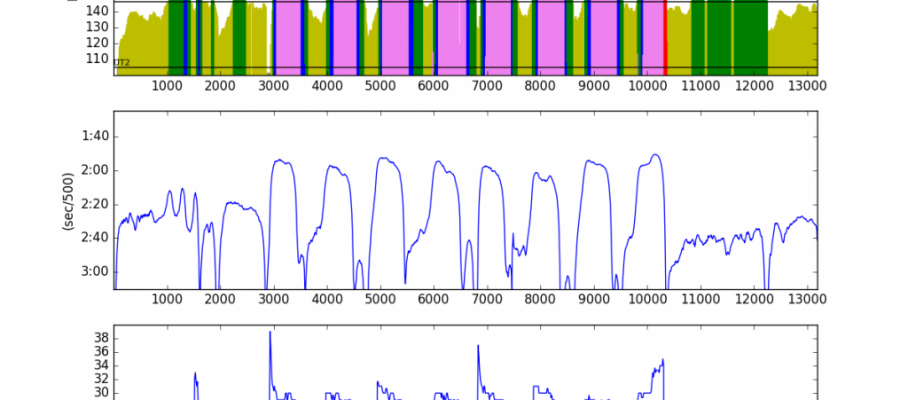
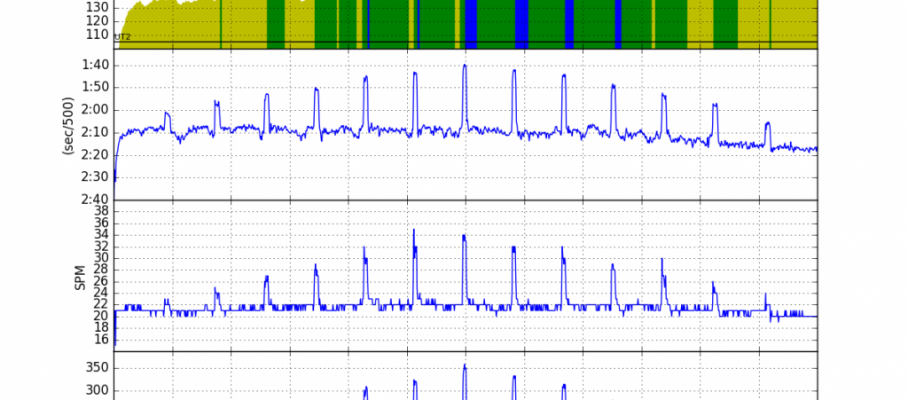
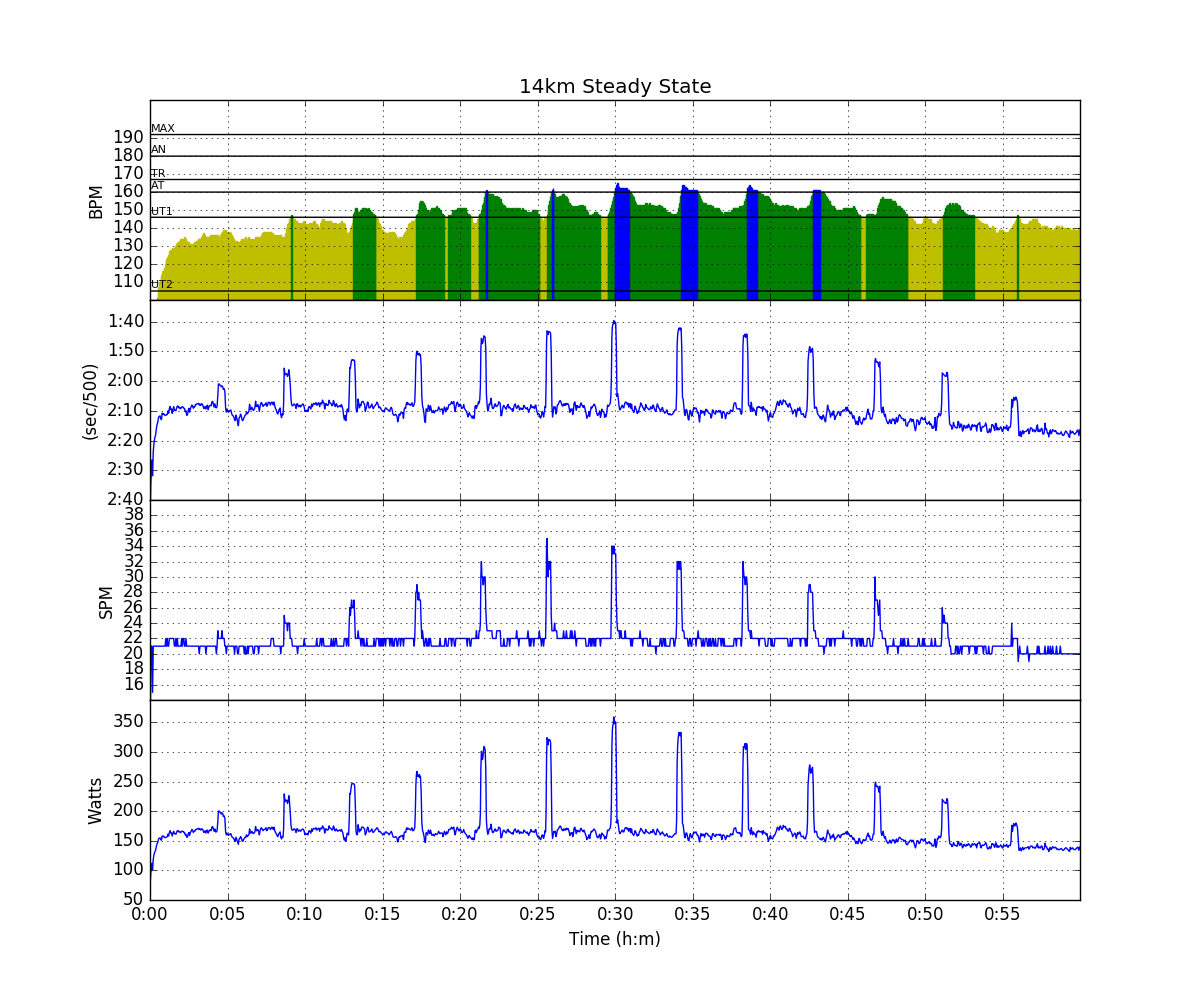
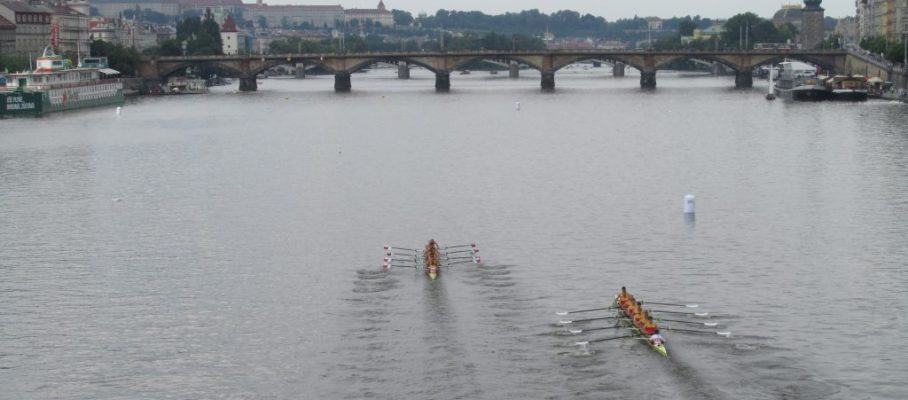
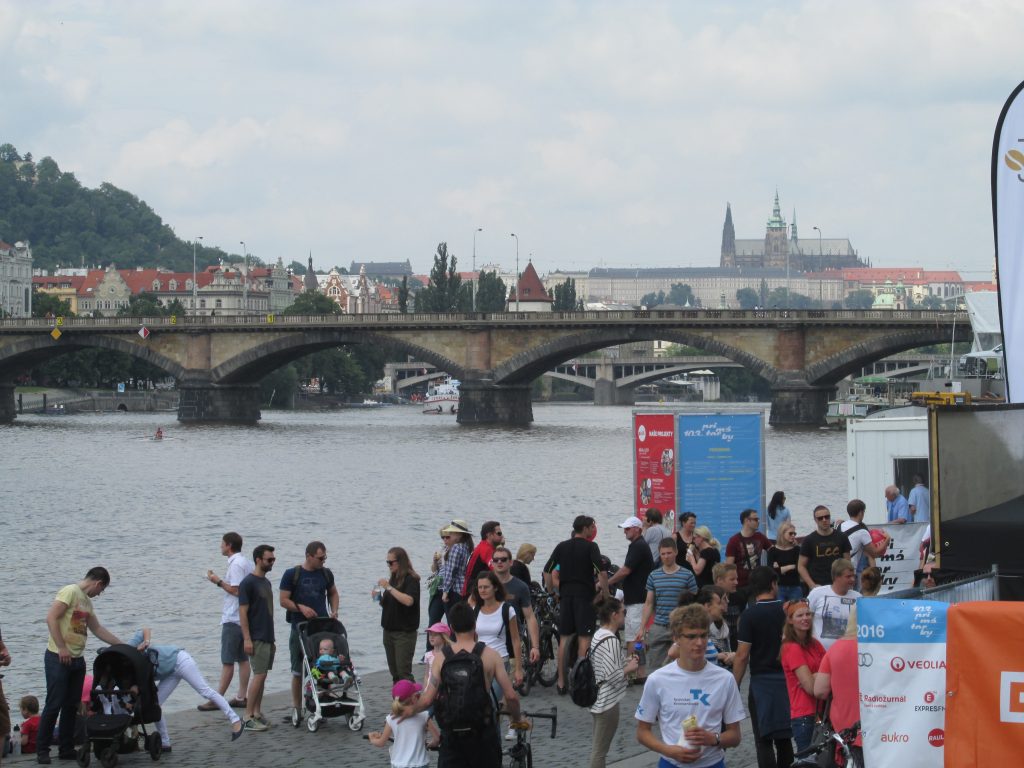


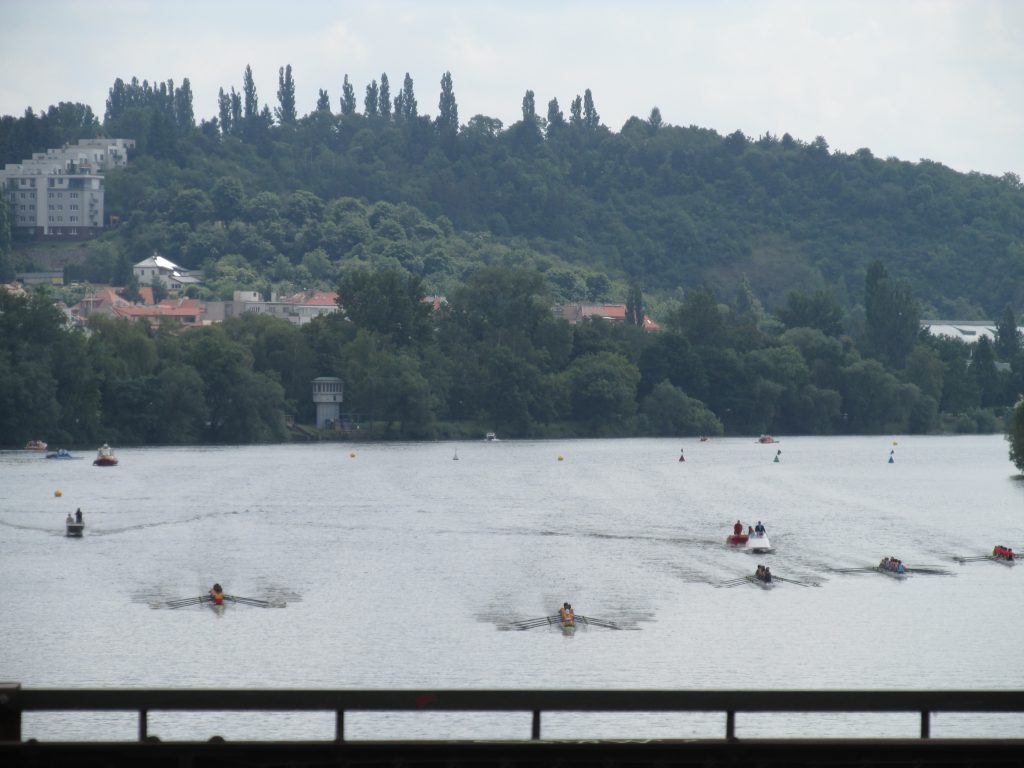
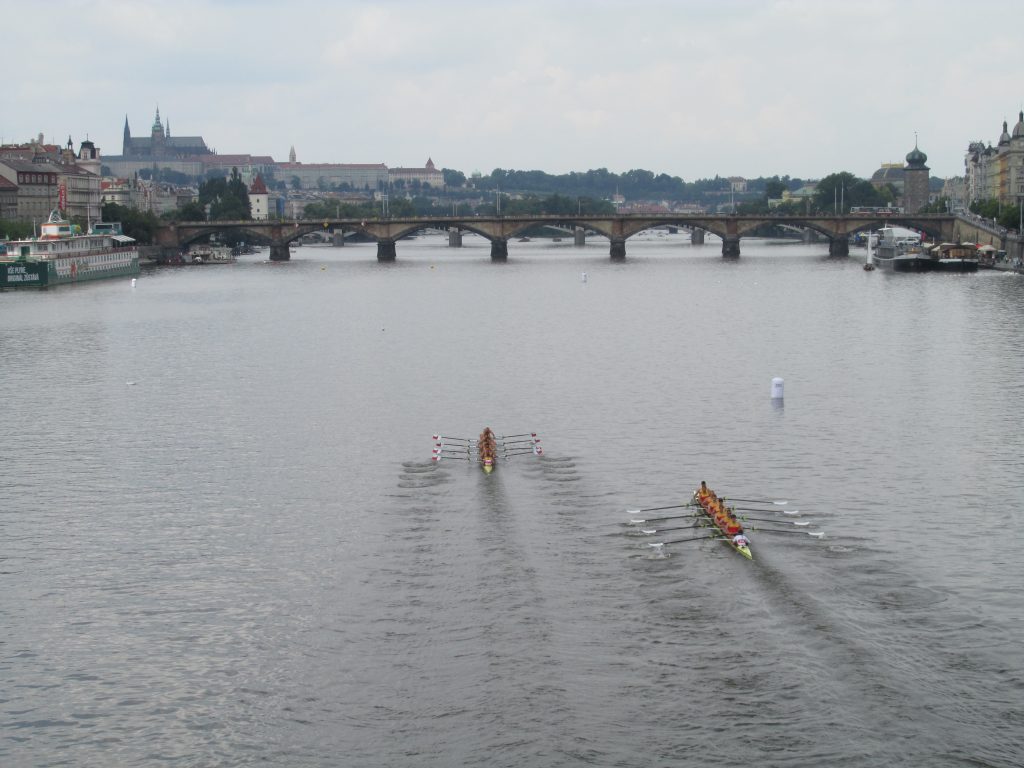
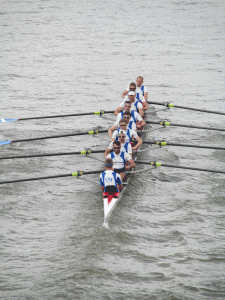

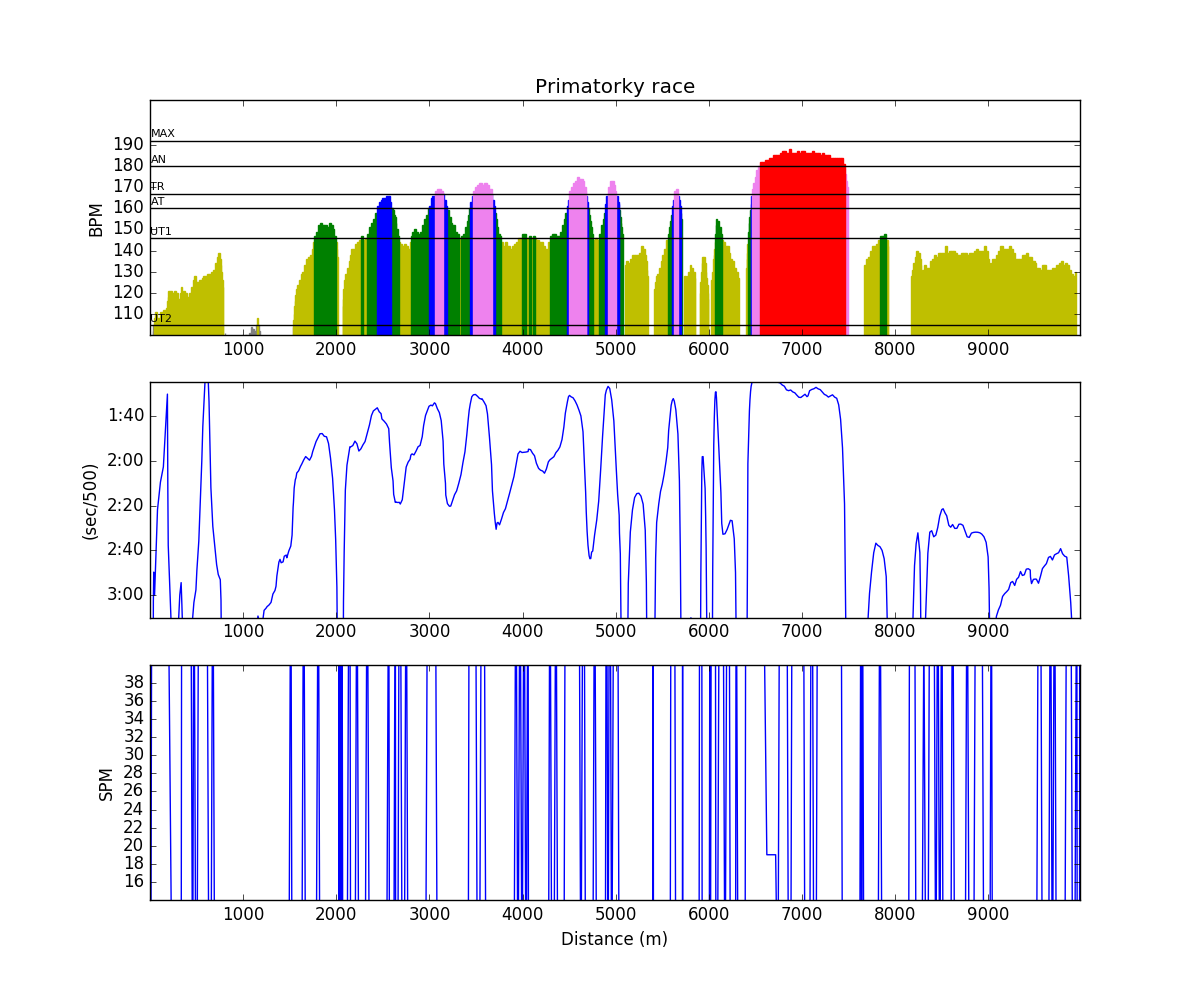
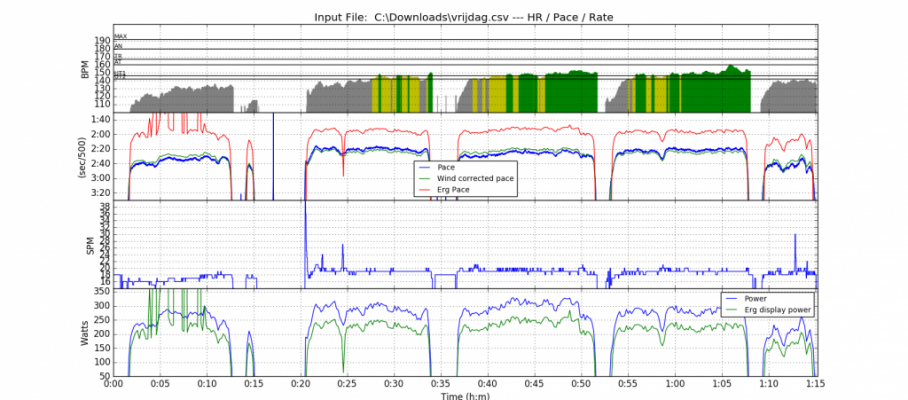
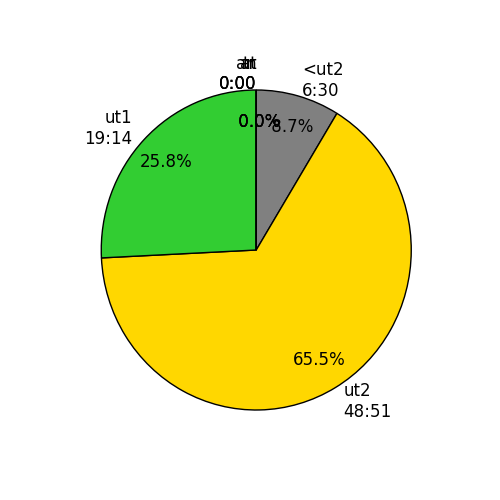
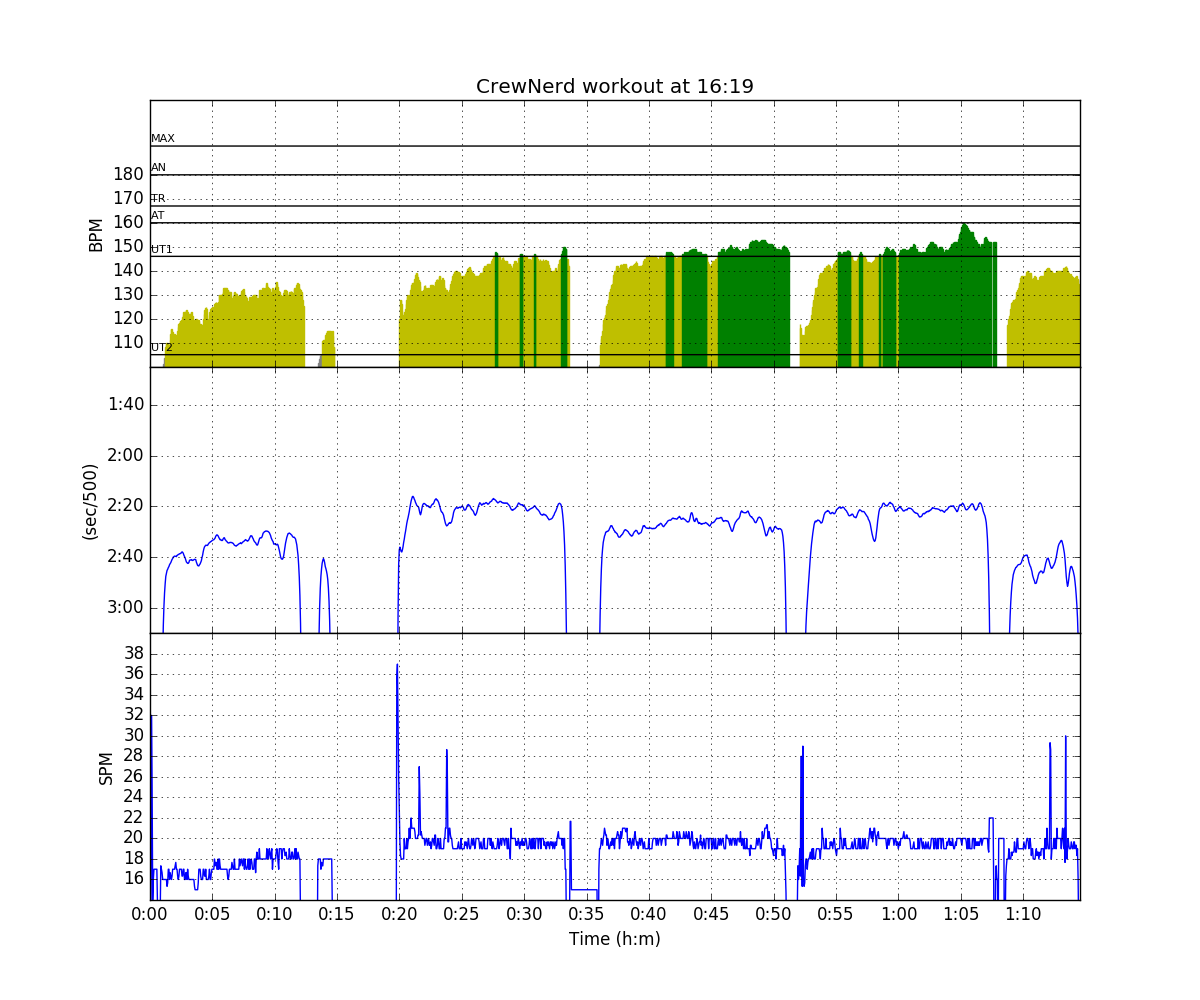
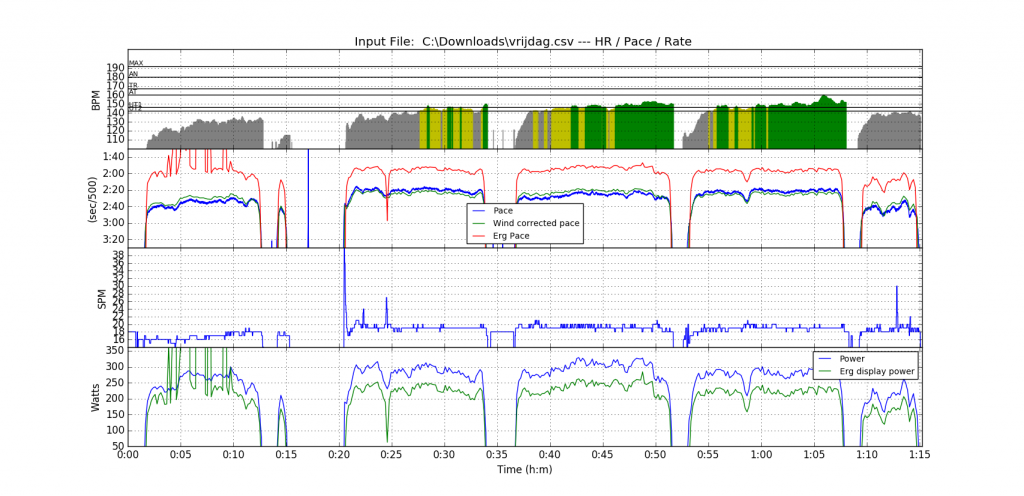
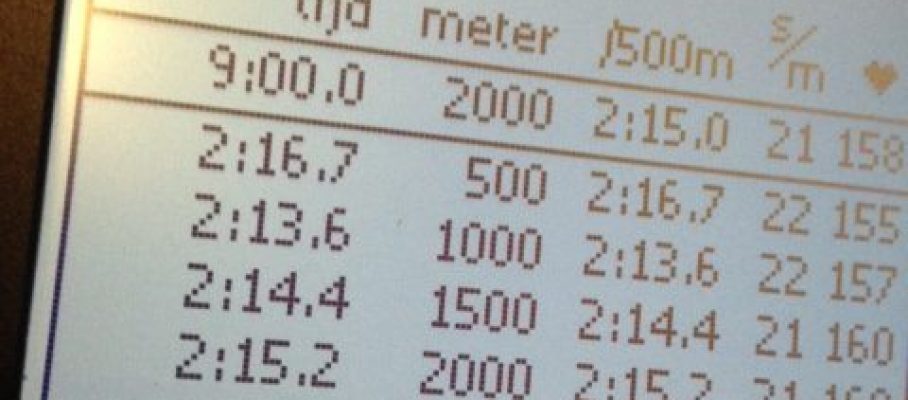
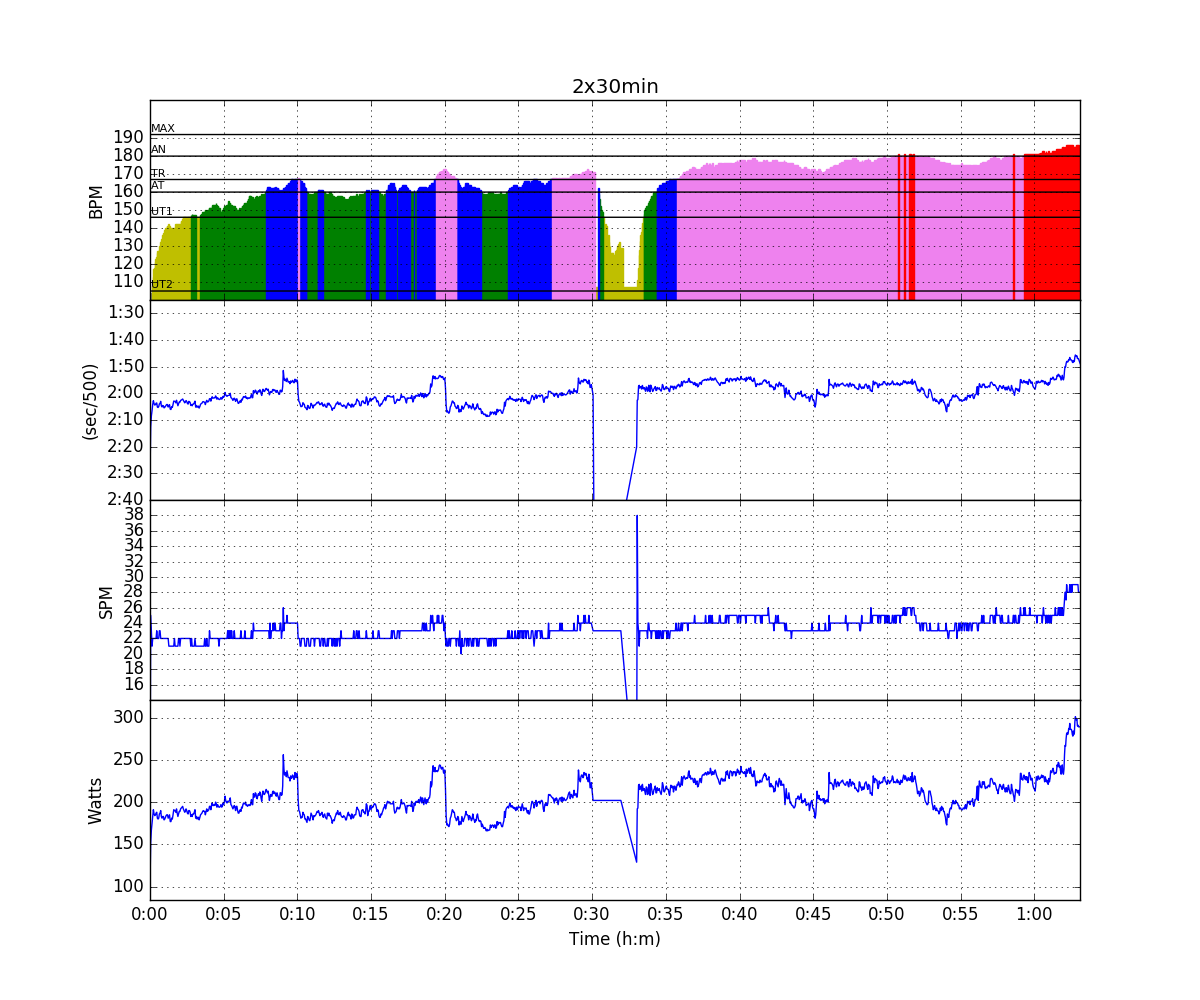

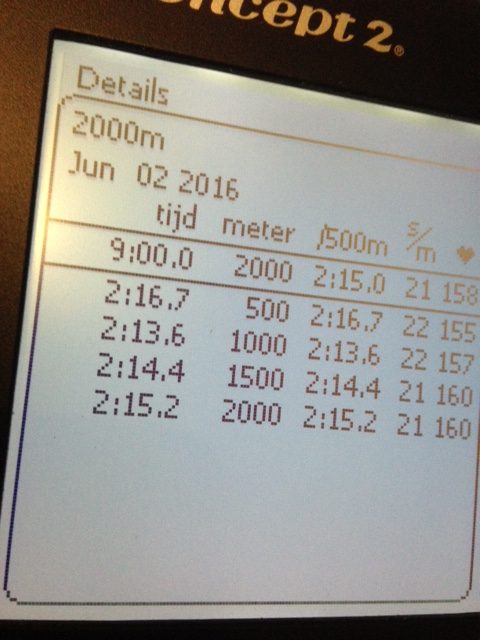

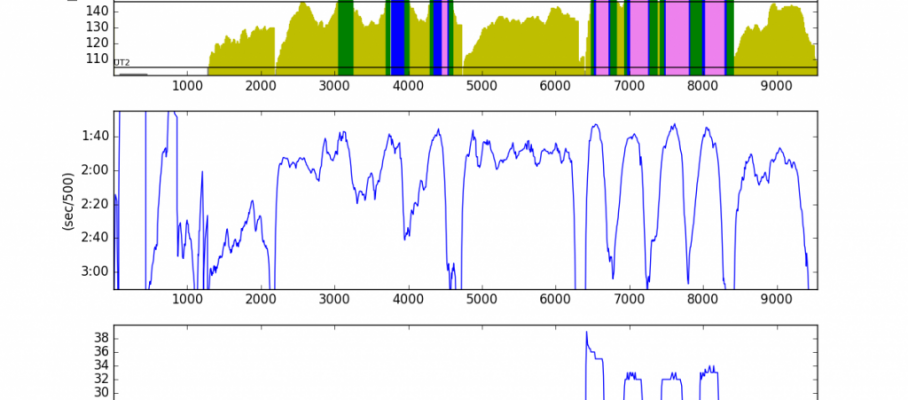
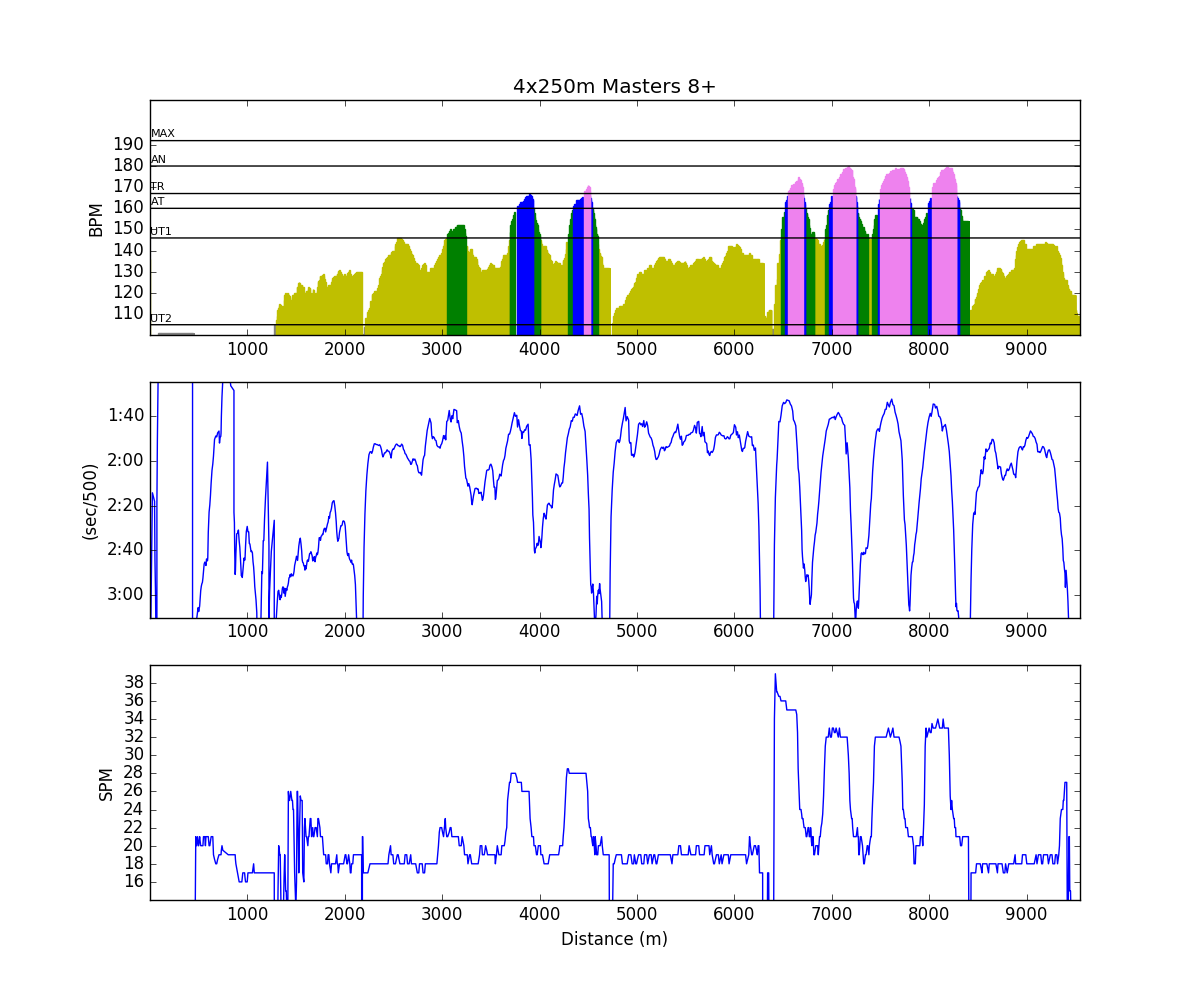
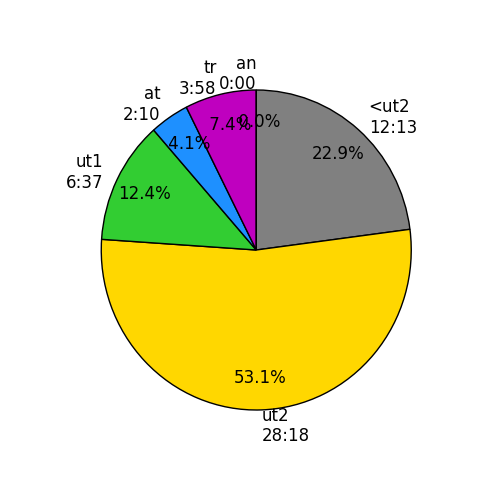
Jun 9 2016
Hill / Random / Heart Rate / Manual
Wednesday – traveled to Brussels.
Going through the Vienna train station I noticed there was a wifi network called “refugees”. It’s easy to be cynical about it. But it shows how important access to information is nowadays, for everybody.
At Vienna airport I saw a Boeing 787 Dreamliner from Ethiopian Airlines. It was a nice sight between all the Austrian Airbuses and Fokkers.
This morning, I found my regular hotel’s fitness room completely revamped. Wow!
The LifeFitness equipment still offered the usual menu:
I usually choose Random but today I felt adventurous, so I did treadmill on Hill, elliptical on Manual / Intervals and the cycling on Manual / Watts. It was a completely new experience! Still the same old track/hill/map/bar chart choice though:
Ergometer Physics
On the train and during the flight, I have been playing a bit with my physics of rowing toybox. I never really looked at the erg model, so when a discussion was stimulated recently on rec.sport.rowing about the part of the power that is not captured by the PM, I started improving my erg model.
As a result, I have two erg models now. Both have their weaknesses, but they seem to agree on the important bit.
I apologize for the color inconsistency between the two graphs (this was done on an airplane!) and clearly there is a lot to improve, but here are the topics of discussion.
The discussion is about how to count these negative lobes. Clearly, they are not measured on the PM. The human leg is not a spring, so you cannot store energy for reuse during the drive, so this negative power has to be accounted somehow. In my model, I just take the absolute value of this power and add it to the total power balance.
It is also clear that the bulk of this extra power is generated during the recovery. During the drive phase, a large part of the kinetic energy in the rower’s body can be transferred to the handle effectively.
Don’t catch me on the numbers and exact shapes of the graphs. It was really toying around trying to explain the principles.
By sanderroosendaal • Uncategorized • 0 • Tags: concept2, ergometer, hotel fitness, OTE, training